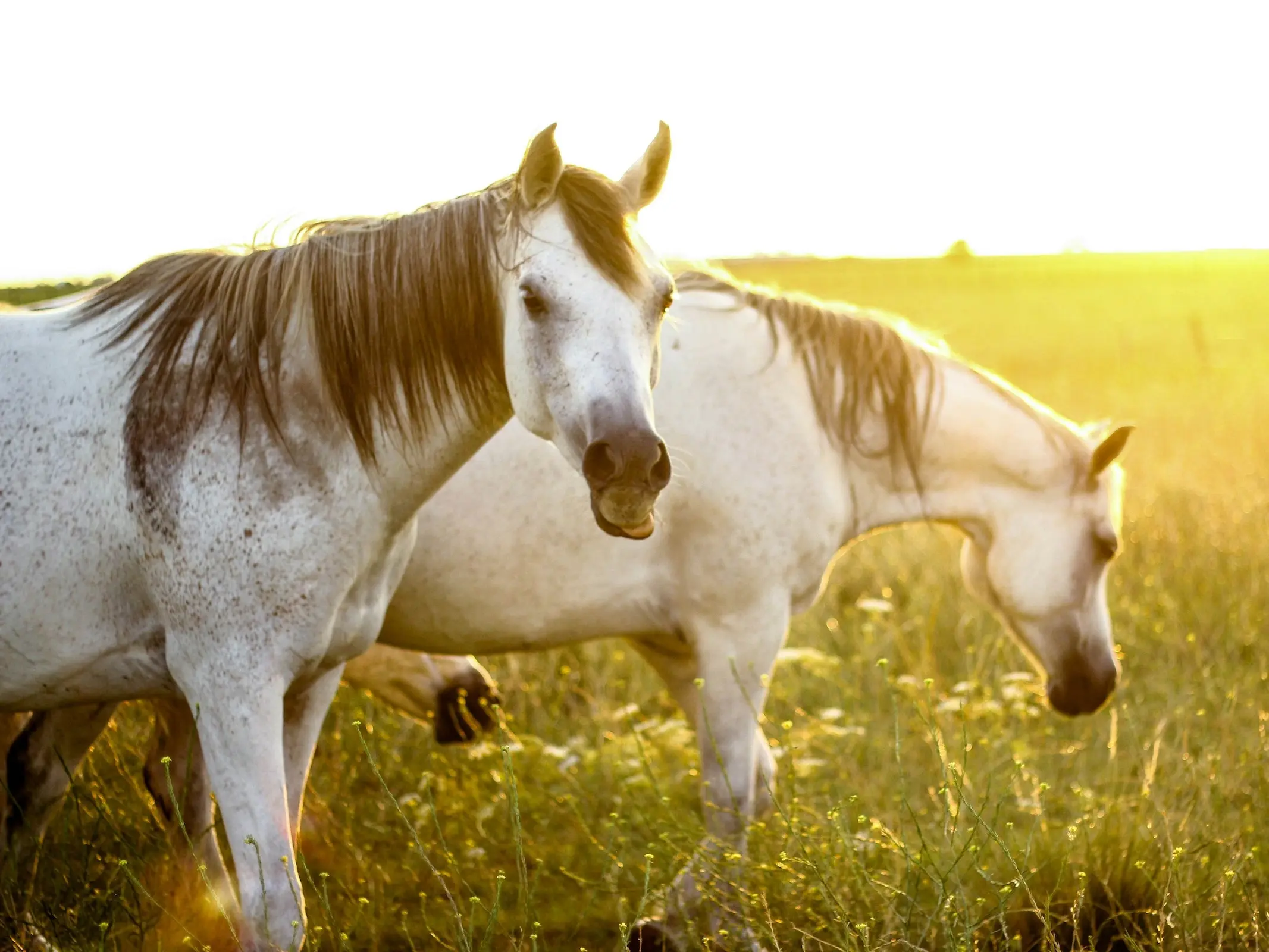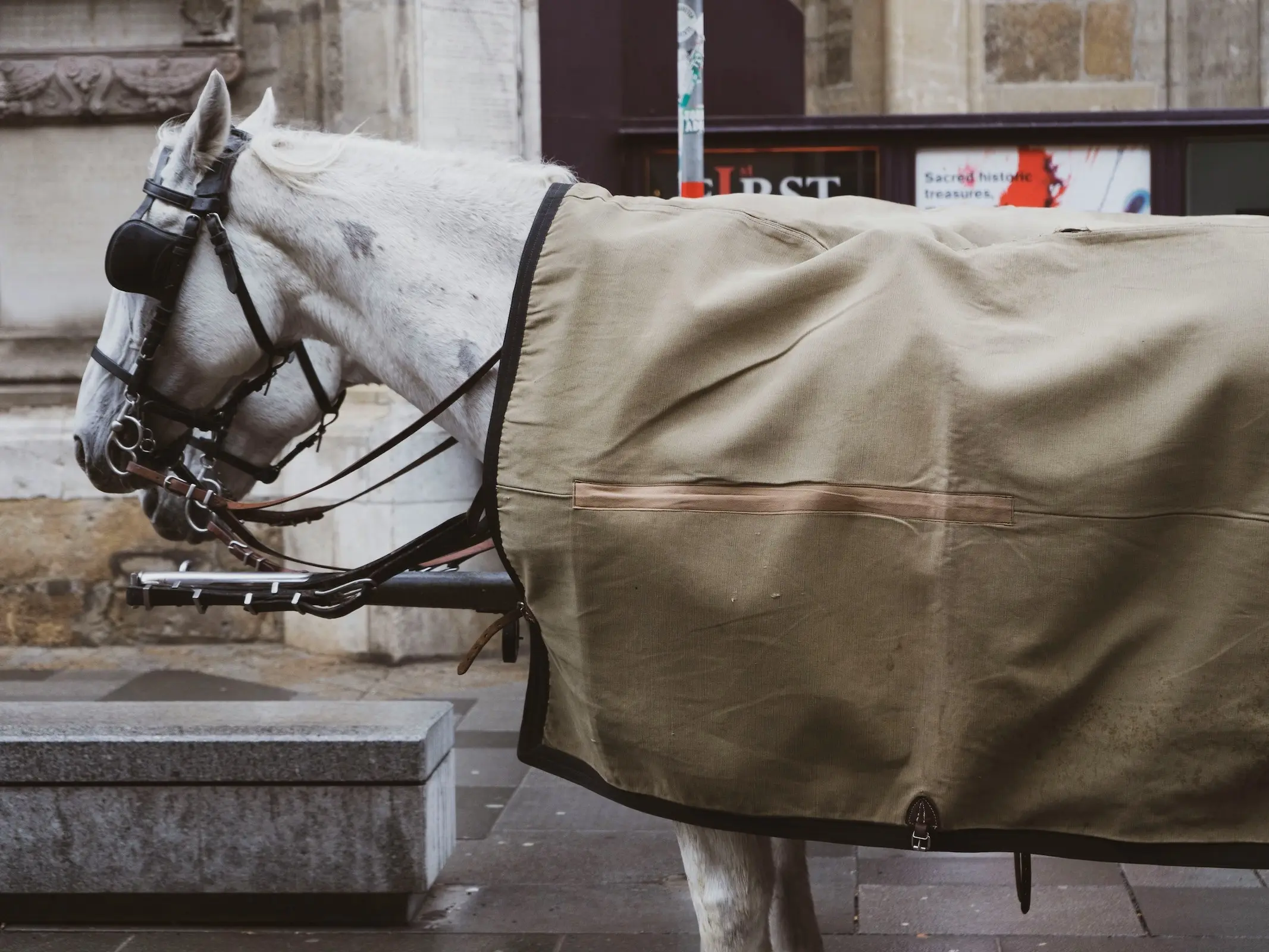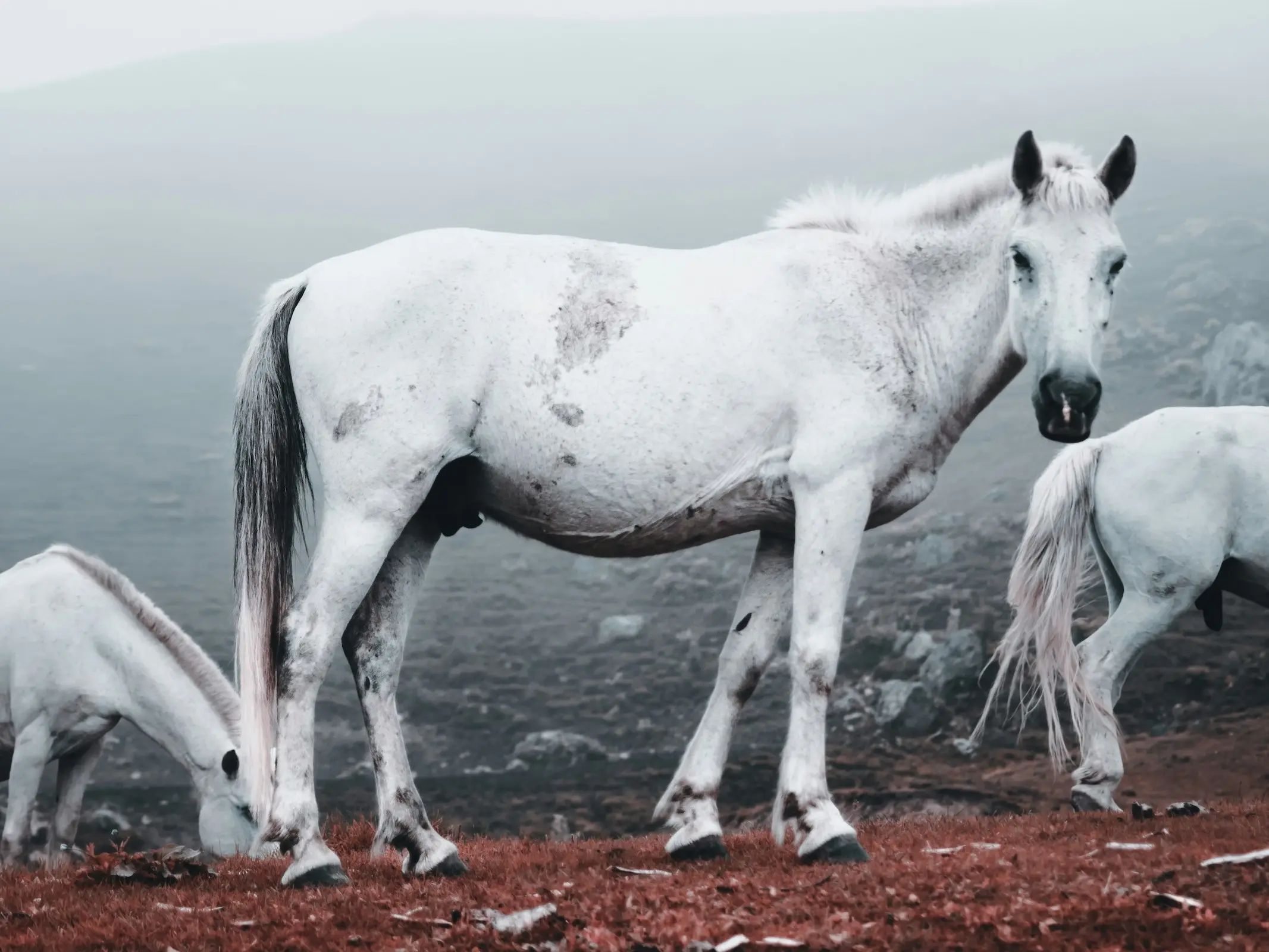Blood marks are quite rare, only found on grey animals and are the result of some of the hair not loosing pigment like the rest of the body does. There are various theories about why this happens on some grey animals, particularly Arabians. A popular theory says they are a concentration of fleabites in one area, however some geneticists don’t think that’s the answer. It could have something to do with hyper-pigmentation at birth and a section not greying out at the same rate as the rest of the coat. Blood marks have been known to change over time, but some stay with an animal their entire life.
Not Always ‘Bloody’
These markings can also be call bloody shoulder, as they are frequently found running down from the withers towards a front leg. They are also not symmetrical and often only found on one side of the body. This name obviously comes from the spots looking like blood dripping down the shoulder. These days most simply call it blood marks, but that may change over time as the name is somewhat misleading, they aren’t always red. The grey gene can be found in all base colors, so blood marks can be many different shades.
Interestingly, this marking is essentially the polar opposite to chubari spots, which are patches of white where the hair is greying faster than the rest of the coat.















